So, as a beginner, you have already assembled all the necessary acrylic painting accessories? So what are you waiting for? Now it’s time to get onto the work. But what about the techniques? It’s the main thing you should know first. But don’t worry, we are here to guide you through that just because we really respect your hobbies and dreams. So when you are planning on acrylic painting, these are the basic Acrylic Painting Techniques For Beginners that will help you to make your work easier.
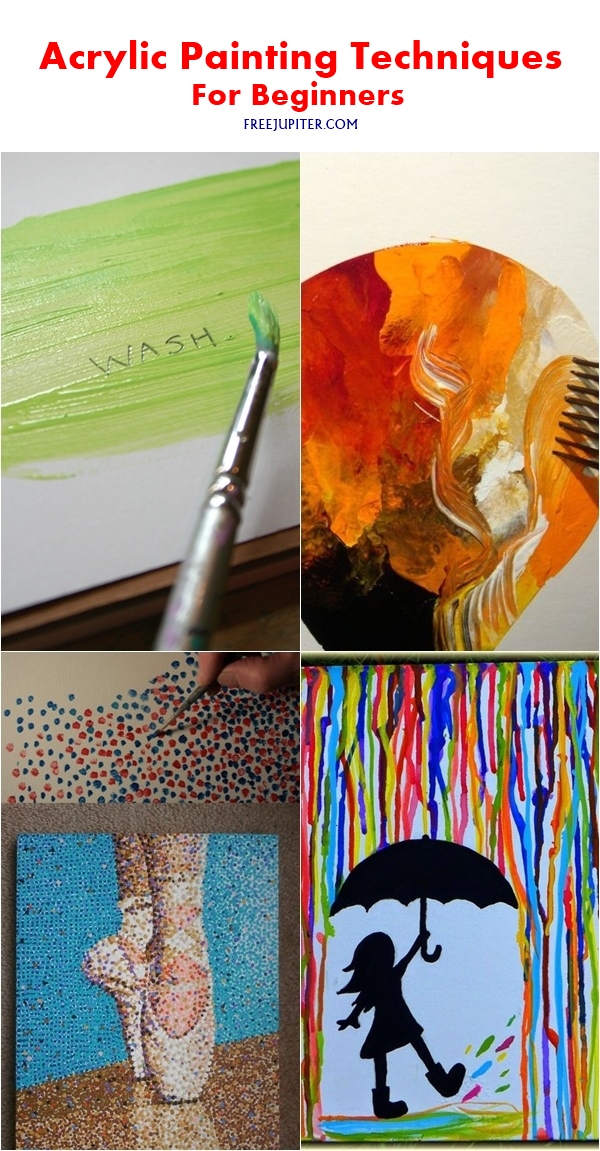
So are you ready to get the fun experience? Just take all your accessories and prepare yourself to learn the painting techniques that you will see here step by step. Drawing is not just putting paint on the paper or a canvas, instead, there are a lot of things to learn. So being a PRO from a beginner needs a lot of skill and we will help you to grow that. Also, checkout mini canvas paintings for beginners.
Acrylic Painting Techniques For Beginners
Dry Brush:
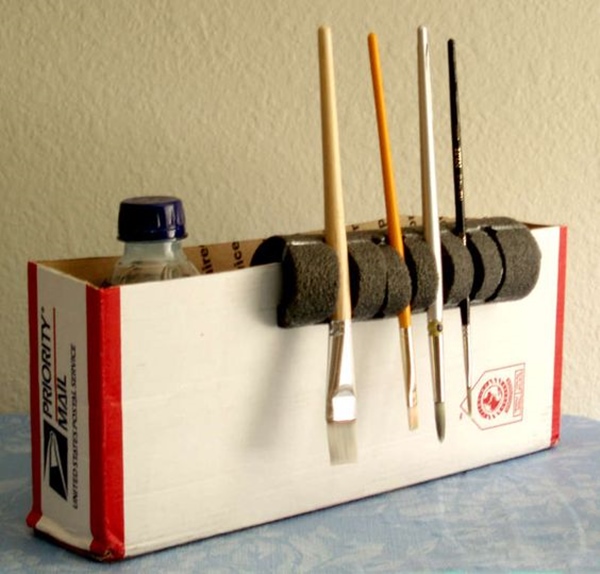
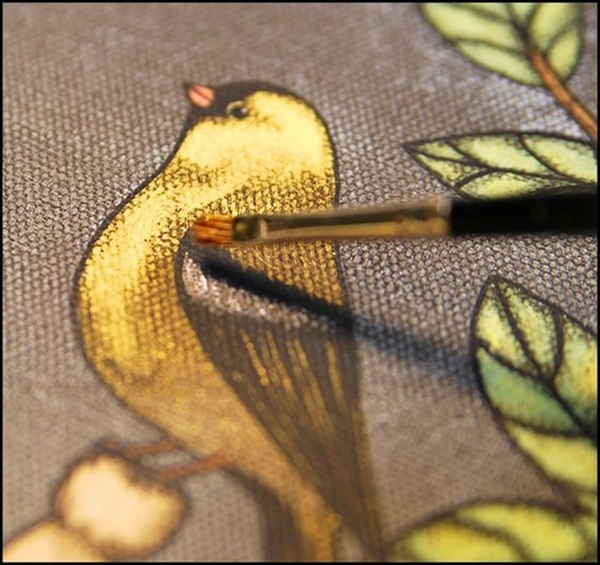
When you will apply a paint on the canvas with a dry brush which is undiluted by water, you will see a strong density of the color. So the interesting part of that is it will have sharp and uneven lines as because there is no water to soften the edges. So this is used as effects in acrylic painting.
Washing:
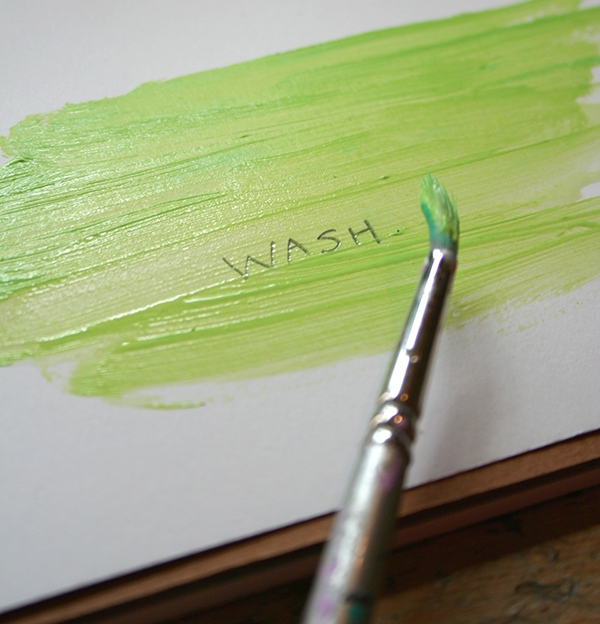
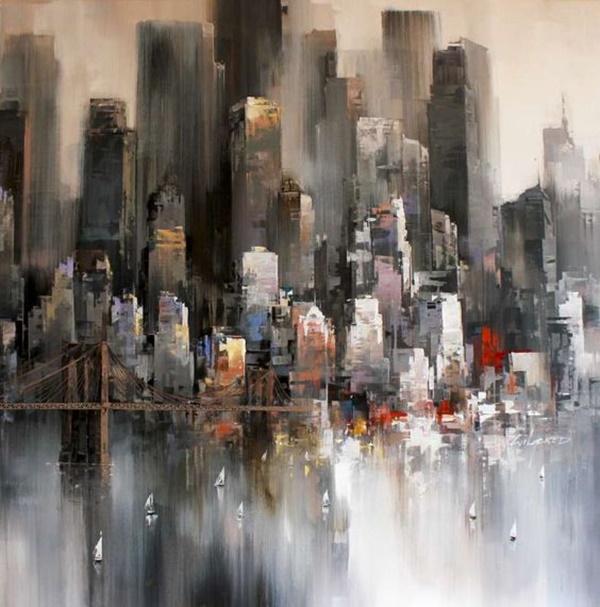
Actually, the acrylic paint is almost treated like the watercolor when it is diluted with water. But the difference is that the acrylic color will set permanently. So if you want to apply translucent washes on your surface, take help of this technique. It is very useful in creating various kind of effects.
Stippling:
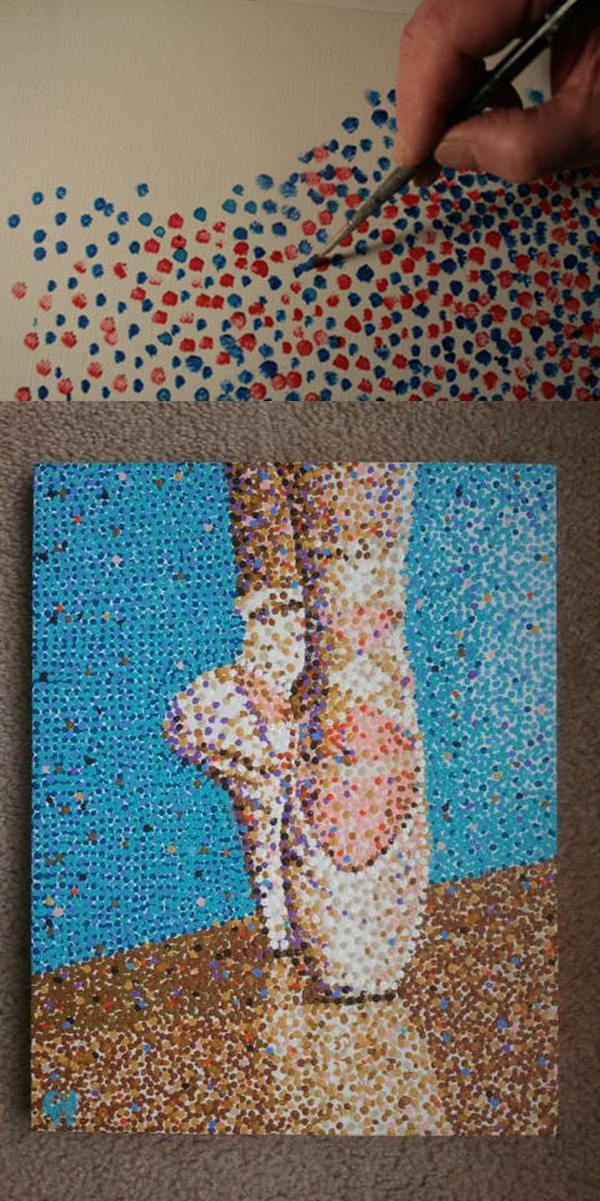
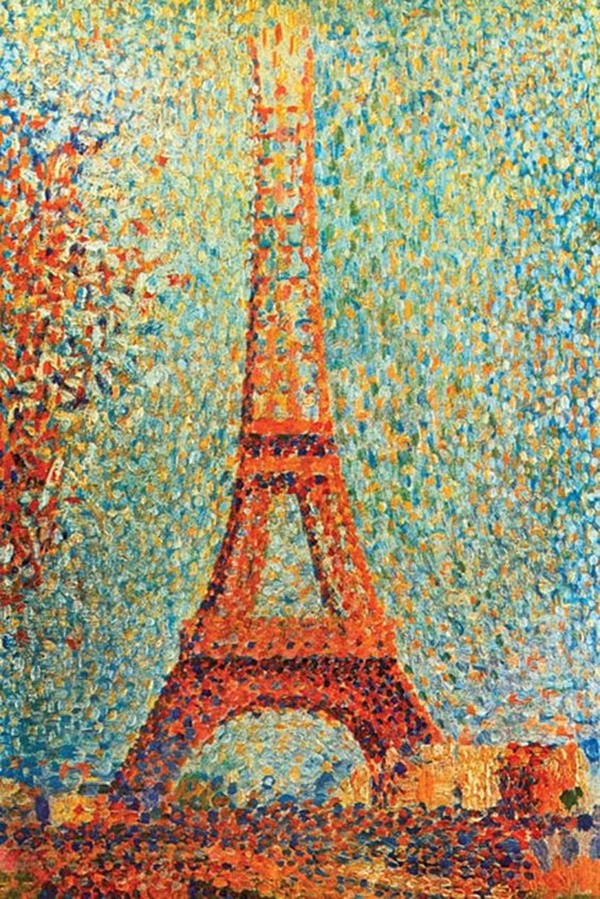
This is a very interesting technique you can use with acrylic paints or any other kind of paint. By this, you can create some tiny dots for an interesting texture. So when you really need to do such textures, you will have to take help of this lovely technique.
Flicking:
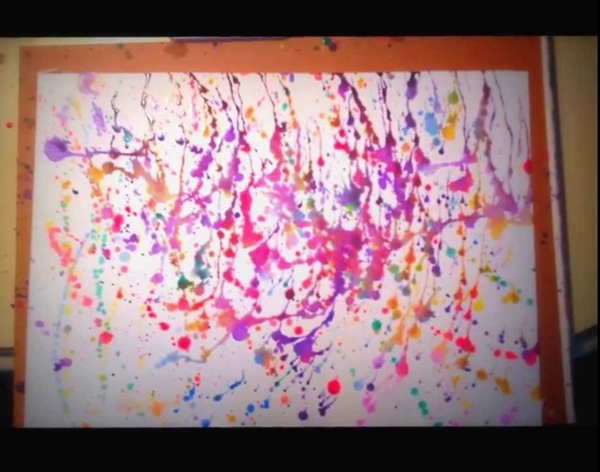

If you are wanting a splatter effect, you can create that with this amazing flicking technique. With a semi-wet brush, you can flick the paint on your canvas. This technique is mainly used in creating abstract landscapes or an image of a starry night view. Even you can use it for painting fantastic textures.
Dabbing:
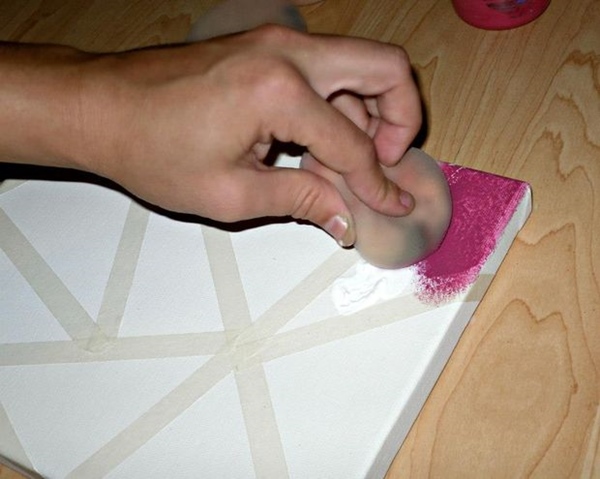
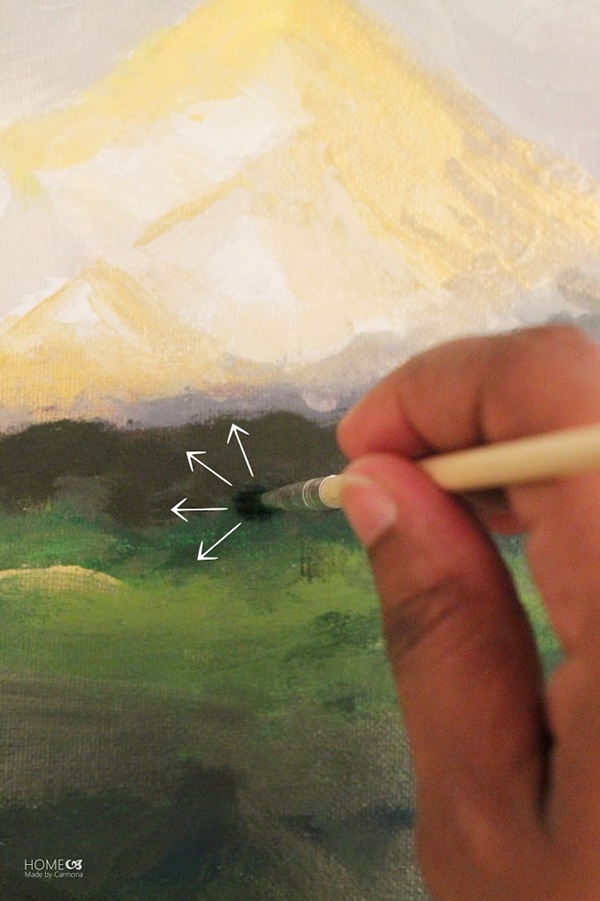
So, now you will be learning a completely different technique of dabbing. Or this you will need a sponge or towel or even a piece of cloth. You will have to use all these to work on the accents of color. So you can say it as a kind of sponge painting. This technique of dabbing is very necessary as you can make various kinds of textures with it.
Detailing:
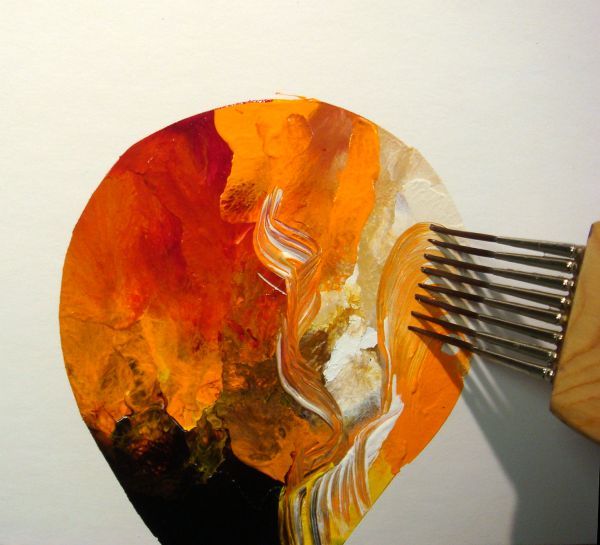
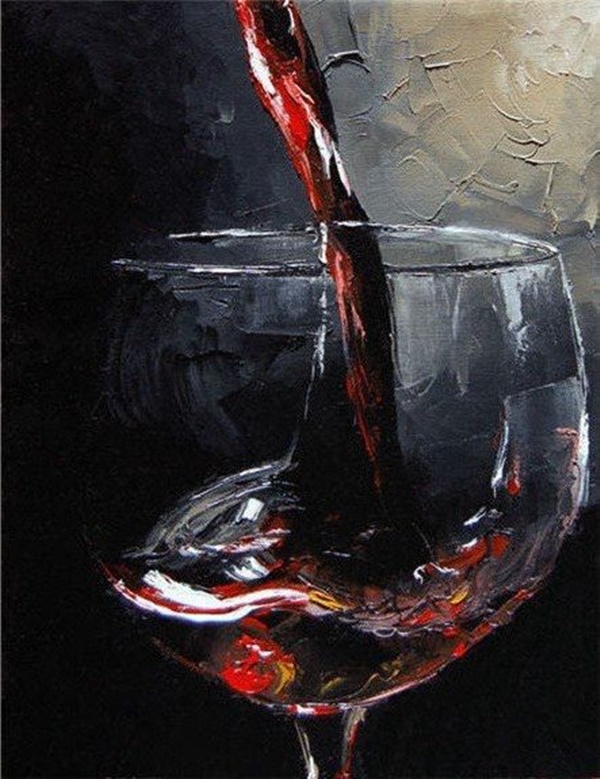
Detailing is a process of applying details in your painting. For example, you can create the white part of an eye or the wings of a bird. When you are working with acrylic, you will have to keep in mind that you will have to use these different kinds of techniques on your own way to complete your project.
Palette Knife:
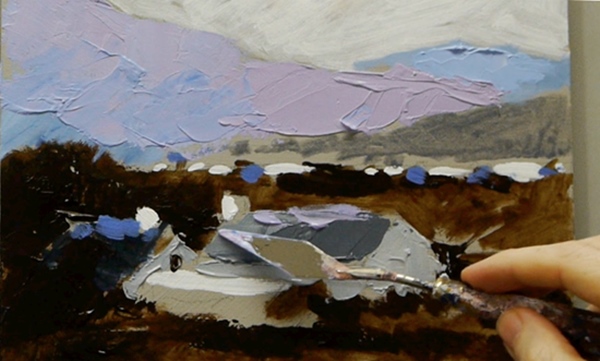
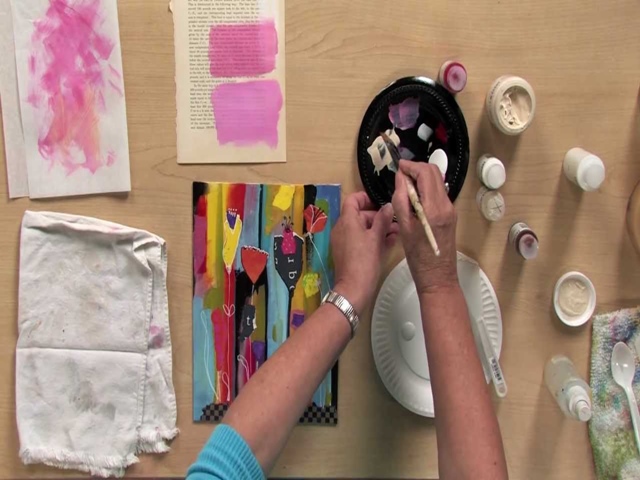
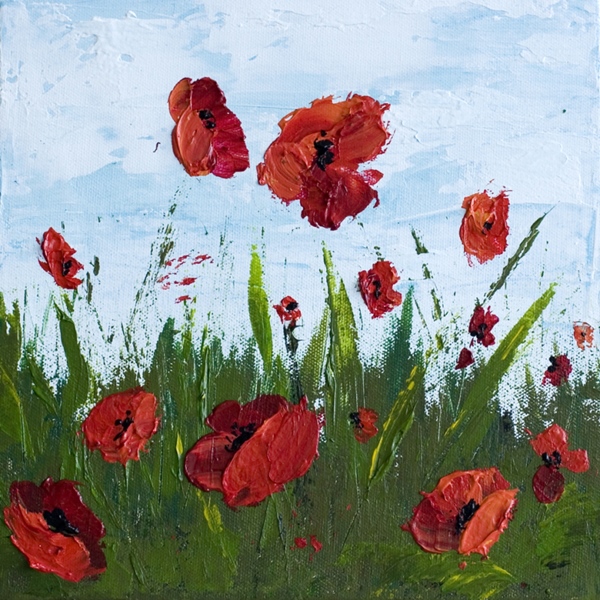
Amazing description..Very helpful for beginners like me. Thank you for putting this up!!!